Cannabinoid THC Dominant
THC 14.75 - 16.25%
CBD 0.26 - 0.63%
Effect Sleepy
Side Effect Thirst and dry mouth
Flavor Sweet
Blue Lights Strain
THC
CBD
Potency
Blue Lights is an Indica-dominant hybrid created through crossing 2 legendary strains – Blueberry and Northern Lights. The child of celebrity parents comes with multiple names – Blue Northern Lights, Blue Northern Lights, Blueberry Lights, and Blue Northern. With a THC level ranging from 14.75% to 16.25%, it is a perfect strain for recreational use. Since the cannabis effects are not overwhelming, it is suitable for both novice users and experts who can have a break from heavy hitters.
Blue Lights Aromas and Main Terpenes
It is natural that a marijuana phenotype of the Blueberry lineage features a blueberry aroma. Pinene gives this peculiar scent. Also, this terpene is responsible for a skunk odor, which may not be a favorite among sensitive smokers. In addition, its nugs give off an earthy odor as typical for linalool with slightly sweet notes brought by myrcene.
Most Common Effects
Despite the fact that the Blue Lights strain has an extremely low CBD content (0.26-0.63%), it packs a bunch of therapeutic effects, which can vary depending on individual reactions and the amount of cannabis consumed. Some users report they feel relaxation and happy euphoria followed by a dreamy slumber. Other consumers experience an energy boost after smoking. They feel aroused, focused, and creative enough to work on various projects. To test your tolerance, it is better to try this weed at home first before you go to the public. Also, the strain can stimulate appetite and prompt occasional fits of giggles.
Medical marijuana patients use Blue Lights to cope with symptoms caused by medical conditions such as:
- Stress
- Insomnia
- Anxiety
- Alzheimer’s disease
- Fibromyalgia
- Arthritis
- Lack of appetite
- Panic attacks
- Pain
The effects produced by this kush are mild and may not be helpful for patients with severe diseases, so they should turn to harder-hitting options.
In hypersensitive users, this weed may agitate adverse effects:
- Thirst and dry mouth
- Rapid heartbeat
- Dizziness
- Dry eyes
- Insomnia
- Paranoia
- Headache
Tips for Cultivators
The Blue Lights strain is commercially available as seeds; besides, it doesn’t require an experienced hand to cultivate. It is an easy-to-grow type that does well inside and outside. It takes the plants 51-62 days to flower and 67 days before they are ready for reaping. The strain produces bushy and short plants, which are less than 30’’ high. As the name implies, the buds are green with blue hues. The average harvest amounts to 1-2 oz./ft2.
Side Effects
Simply let us know how this strain tastes or write a detailed review.
Blue Lights Strain Cannabinoids
| THC | Tetrahydrocannabinol, or THC, is a major cannabis chemical compound. It is a psychoactive element that stimulates dopamine release and induces euphoria or happiness. THC-rich strains may be helpful with such conditions as lack of appetite, chronic pains , etc. It is considered to be the primary active marijuana component. | 14.75 - 16.25% |
| CBD | Cannabidiol, or CBD, is a major compound in cannabis, which is non-psychoactive. It is also proved to counteract the side effects of the second major component THC. CBD is widely used for medicinal purposes in rubs, oils and so on. It is helpful in muscle pain cases, may treat arthritis and migraines. Even Greeks used it against pain, while Queen Victoria applied it to get rid of menstrual cramps. | 0.26 - 0.63% |
| CBC | Cannabichromene, or CBC, is a minor cannabinoid, meaning that its quantity in cannabis is quite little. Though it has the same origin as CBD and THC, it is different in functions. Without any psychoactive effects, it is an efficient cannabis compound in combating acne and depression. CBC produces analgesic, antibacterial and anti-inflammatory effects. | 0.29 - 0.47% |
| CBG | Cannabigerol, or CBG, is one of the minor cannabis compounds in adult plants. On the other hand, young ones contain a lot of this antibacterial and anti-inflammatory component. During the growth, CBG is converted into different cannabinoids, mostly THC and CBD. The compound itself increases appetite and decreases eye pressure. | 0.1 - 0.51% |
| CBN | Cannabinol, or CBN, is a trace element in cannabis that is considered to be mildly psychoactive. It appears from oxidation THC, exposed to light and heat. CBN is mostly contained in old cannabis and in traditional hashish. It is effective against insomnia, bacterial infections and appetite loss. | 0.09 - 0.21% |
| THCV | Tetrahydrocannabivarin, or THC-V, is a compound contained in cannabis in trace amounts. Even though it is close to THC molecularly, it is different in effects. This compound may be psychoactive only in large amounts. THC-V reduces blood sugar, controls appetite, stimulates bone growth, etc. African Sativa strains are the richest in THC-V. | 0.27 - 0.44% |
Blue Lights Terpene Profile
| Pinene | Pinene is one of the most widespread terpenes in nature, found in pine trees, basil, nutmeg, parsley, and rosemary. Cannabis containing terpene (alpha-pinene or α-pinene) boasts a strong pine scent. Pinene is responsible for anti-inflammatory, pain-relieving, and anti-anxiety effects. | 0.26% |
| Myrcene | Myrcene (also known as β-myrcene) is one of the most common terpenes found in cannabis, representing more than 20% of the modern marijuana terpene profile. Myrcene has a distinct earthy, musky flavor, resembling cloves. It is responsible for calming and soothing effects of weed. Myrcene is also found in hops, thyme, mango, lemongrass, guava melon. | 0.32% |
| Ocimene | Ocimene (derived from the Ancient Greek word Ocimum meaning basil) is a terpene with sweet and herbaceous flavors, also boasting citrusy and woody undertones. Naturally, ocimene occurs in mint, parsley, orchids, hops, kumquats, mangoes, basil, bergamot, lavender, and pepper. Offers antifungal, anti-inflammatory, and antiviral properties. | 0.08% |
| Humulene | Humulene (also known as α-humulene) is one of the major terpenes found in cannabis, contributing to woody, earthy, spicy, herbaceous, and, mainly, floral aromas of cannabis. Used in modern medicine, humulene offers anti-inflammatory, antibacterial, and appetite suppressant effects, which have been well-researched by pharmaceutical companies. | 0.05% |
| Limonene | Limonene (also known as d-limonene) is the second most common terpene in nature and the third most common terpene in cannabis. It has a powerful citrus aroma and can be found in all citruses, including lemons, oranges, grapefruits, limes, juniper, etc. Limonene is known to elevate moods and provide anxiety, depression, and stress relief. | 0.04% |
| Linalool | Linalool (also known as beta linalool, linalyl alcohol, linaloyl oxide, and p-linalool) is one of the rarest terpenes found in cannabis, mostly in small quantities. Linalool is known for its spicy and lavender aroma, bringing relaxation and calming effects. It is also said to provide anti-inflammatory and analgesic properties that can be useful for athletes. | 0.12% |
| Terpinolene | Terpinolene is one of the most common terpenes found in cannabis; however, It's usually presented in small quantities. Is responsible for piney, floral, herbaceous, and even a little bit citrusy aroma of cannabis. Terpinolene can be found in lilacs, nutmeg, and cumin. In cannabis, terpinolene contributes to the sensation of "freshness." Has the potential to reduce the risk of heart diseases. | 0.05% |
| Caryophyllene | Caryophyllene (also known as beta or b caryophyllene) is a terpene found in many herbs and spices, such as black pepper, basil, rosemary, and oregano. Cannabis high in caryophyllene delivers a strong spicy, peppery aroma, resembling cinnamon and cloves. Caryophyllene offers potent anti-inflammatory and sedative effects. | 0.09% |
| Total terpenes content | 1.01% |
Growing Info
Blue Lights strain lineage
Similar Strains
THC 11.5 - 11.5%
CBD 0.07 - 0.26%
Effect Giggly
Flavor Berry
THC 12.72 - 15.56%
CBD 0.28 - 0.92%
Effect Tingly
Flavor Lime
THC 19 - 21.67%
CBD 0.46 - 0.7%
Effect Relaxed
Flavor Spicyherbal
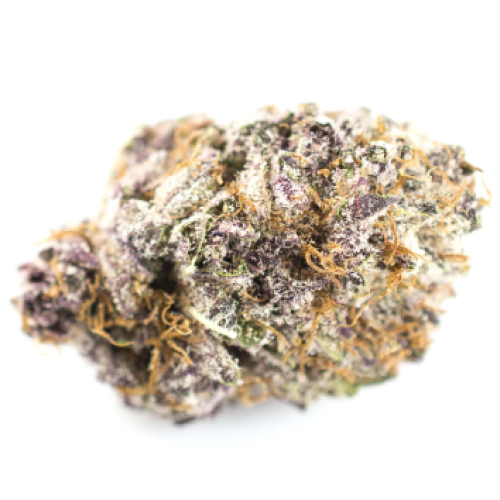
THC 21.33 - 24.67%
CBD 0.43 - 0.77%
Effect Relaxed
Flavor Pungent
THC 20.65 - 22.15%
CBD 2.28 - 2.68%
Effect Relaxed
Flavor Lemon
THC 15.9 - 20.67%
CBD 0.59 - 0.95%
Effect Euphoric
Flavor Spicyherbal
THC 16 - 18%
CBD 0.62 - 0.82%
Effect Giggly
Flavor Spicyherbal
THC 24 - 25.67%
CBD 0.03 - 0.21%
Effect Giggly
Flavor Sweet
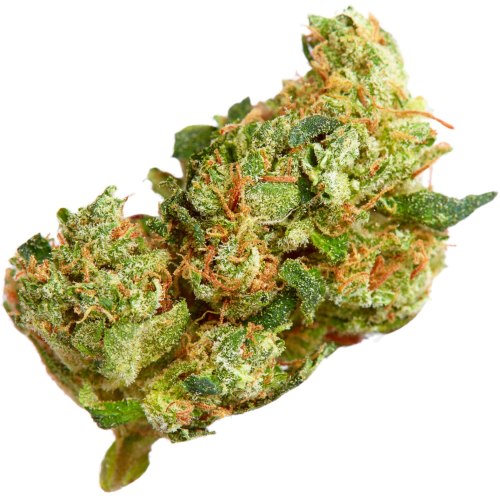
THC 20.75 - 23%
CBD 0.62 - 0.92%
Effect Sleepy
Flavor Berry
THC 22 - 26%
CBD 0.36 - 0.78%
Effect Giggly
Flavor Nutty
THC 17.83 - 23.33%
CBD 0.59 - 0.89%
Effect Giggly
Flavor Spicyherbal
THC 19.5 - 20%
CBD 0.72 - 1.3%
Effect Sleepy
Flavor Berry
THC 18.5 - 20.5%
CBD 0.31 - 0.75%
Effect Sleepy
Flavor Orange
THC 19 - 22%
CBD 1.07 - 1.33%
Effect Hungry
Flavor Earthy
THC 15 - 17%
CBD 0.43 - 1.41%
Effect Aroused
Flavor Tea
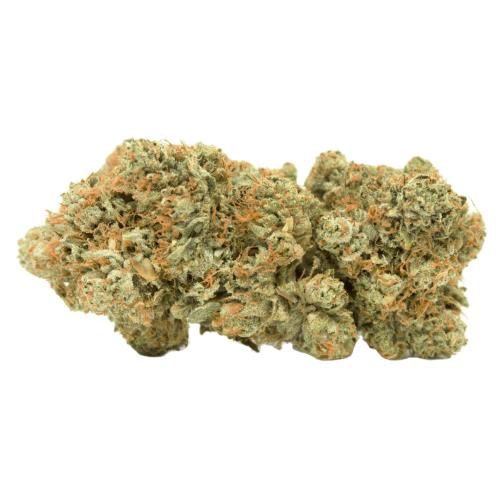
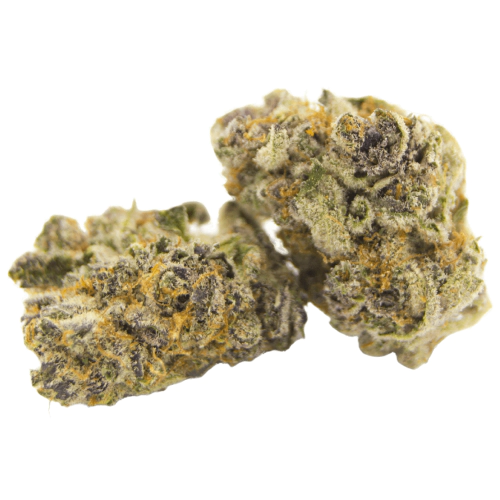
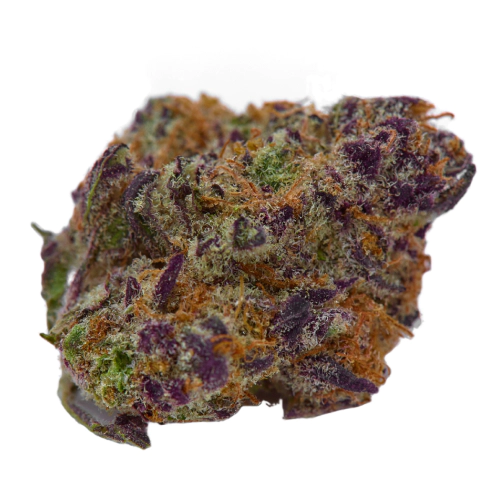




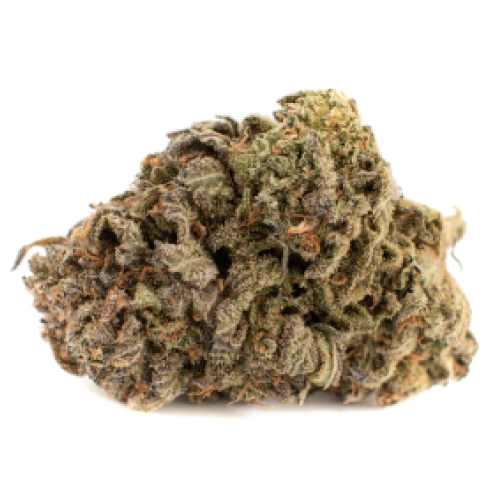
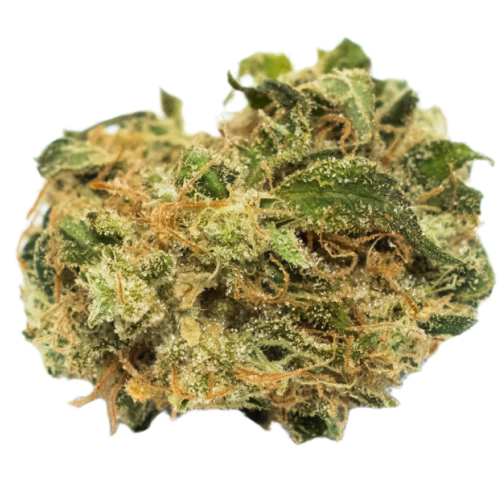
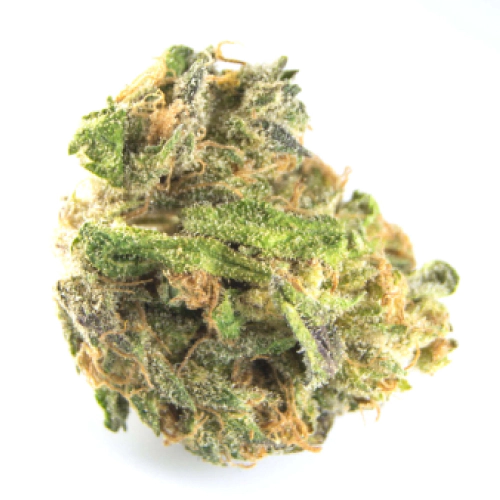
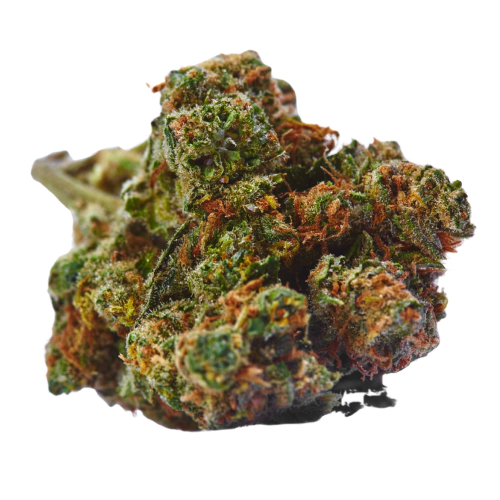
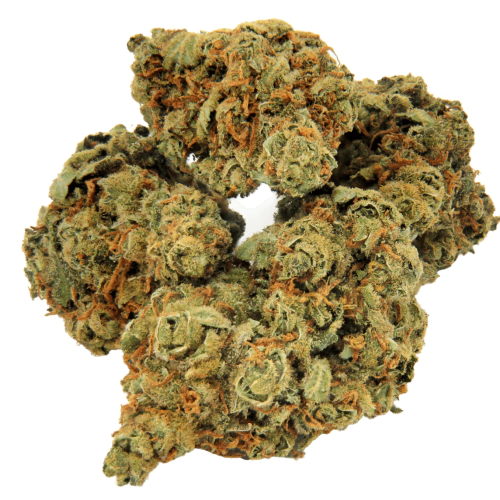
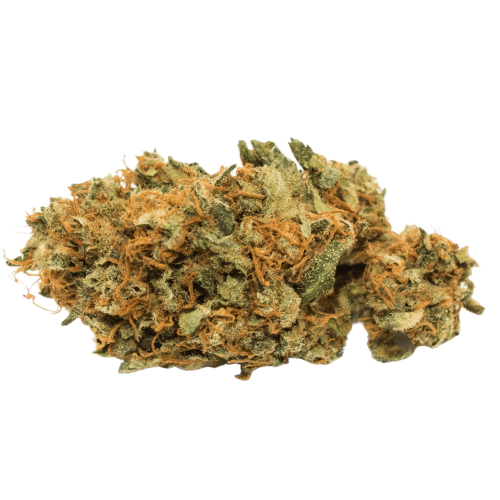

Be the first and share your opinion
Write a Review